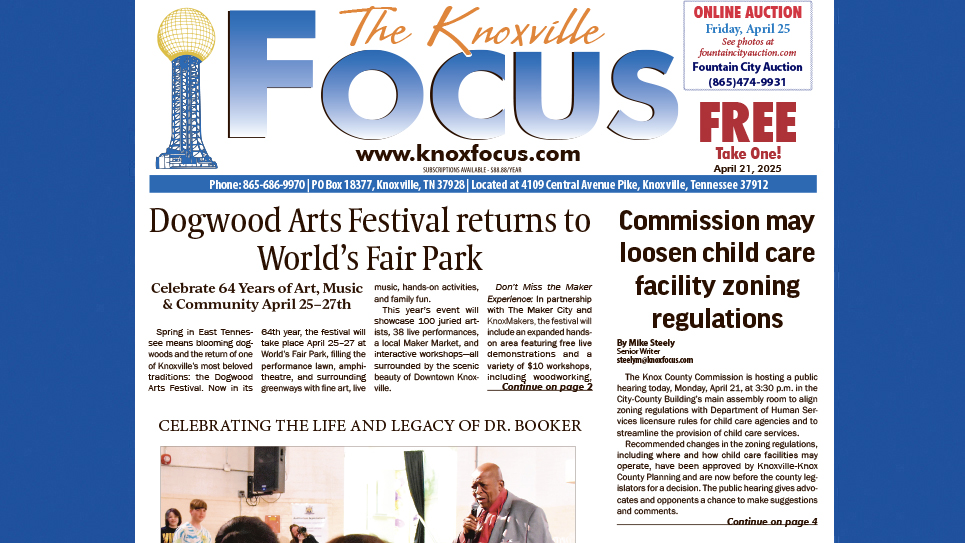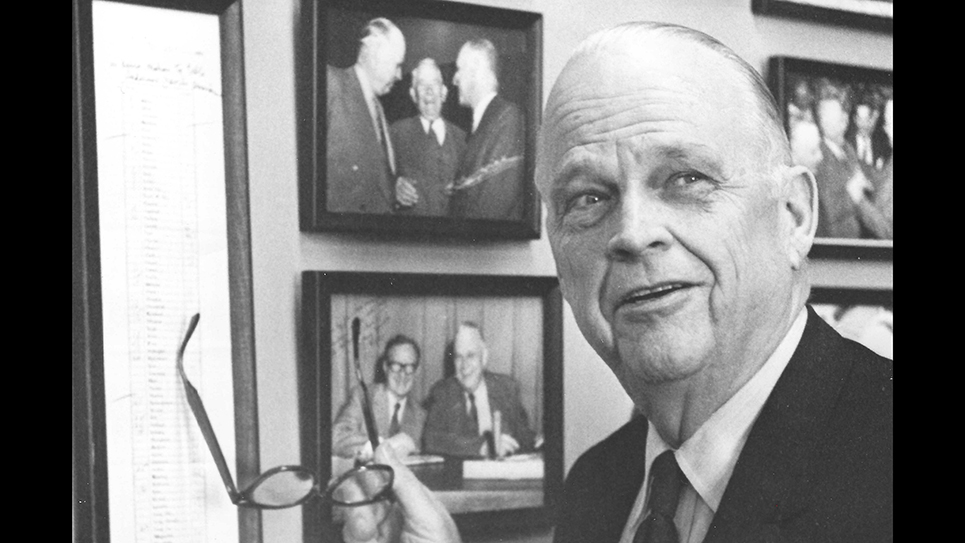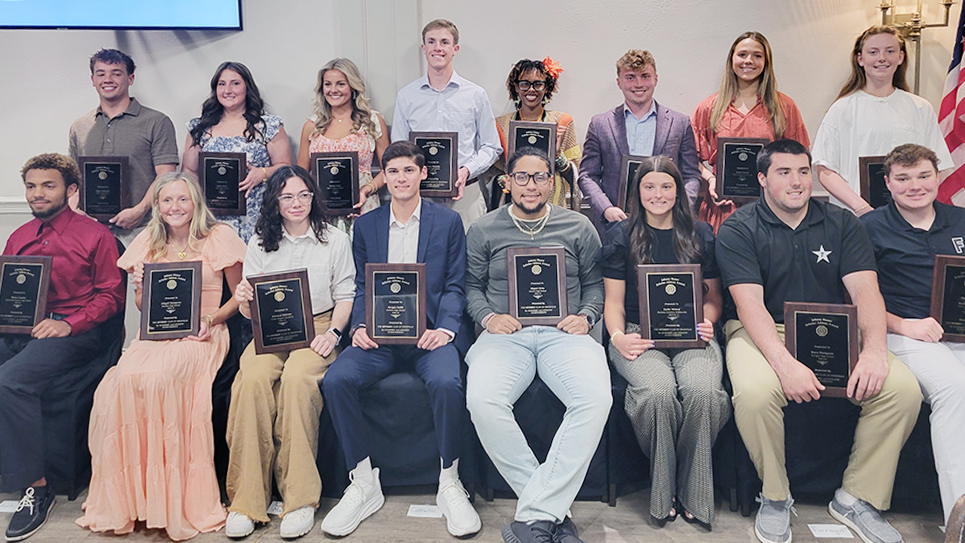By Mike Steely
Taking a drive to Tellico Village on an outing puts you in a section of Loudon County where many fine houses, boat docks, golf courses and clubhouses now exist. But more than 200 years ago something else went on there. The tragedy of Coyatee is little known but note-worthy.
A small band of warriors, many of them Creek and young Cherokee men formerly from the Overhill peace towns, frequented the Holston settlements in 1793, harassing white settlers and taking livestock. One incident began as what seemed to be a prank and led to the unwarranted destruction of one of the Cherokee’s oldest towns.
Chief Hanging Maw, the long-time peace lover and friend of the white man more often than not, presided at Coyatee, sometimes given as Cowatie. The ancient town sat near the junction of the Little Tennessee and Tennessee Rivers, then called the Tennessee and Holston, and had existed for hundreds of years. Like Jolly’s Island at the junction of the Hiwassee and Tennessee, Coyatee was a major outpost for the Overhill villages located upstream and guardian of the river approaches to the towns from the north.
Coyatee seemed also to be the first Indian town encountered by white river travelers and a crossroads of Cherokee, Whites and Chickamauga. Chief Hanging Maw had been a regional chief over most of the villages. He was related to and honored by many of the Chickamauga renegades and he often served as a go-between during upcoming talks.
The young warriors, including a young brave that would later become Chief Ridge, had raided Raccoon Valley near Knoxville and killed Thomas and James Gilliam. About 20 horses were taken and war clubs were left beside the bodies. The braves, however, left clubs belonging to another tribe to stir revenge away from the Cherokee.
The warriors, however, made the mistake of taking the horses through Coyatee on their way back to the Chickamauga towns and selling two of the animals to Hanging Maw’s son. Several other leaders of the tribe had gathered there, including Chief Doublehead, and were preparing to travel to the United States capitol, then in Philadelphia, Pennsylvania.
The bodies of the Gilliam brothers were discovered and the warriors were tracked to Coyatee by militia under the command of Captain John Beard.
Captain Beard was under direct orders not to cross the Tennessee River (which would have put him inside the Cherokee territory) but, pausing briefly on the north side of the stream, apparently learned that some of the stolen horses were in the town. He took his forty men across the shallow ford and caught the town by total surprise. A meeting of the Cherokee and white officials was underway in the village.
The Cherokee leaders were totally unprepared for the attack and never realized it was coming until Beard’s men began shooting into the cabins. Hanging Maw was seriously wounded; his wife was killed. Chickasaw Chief Scantee was killed as were twelve or fifteen other Native American leaders gathered there for the upcoming national peace talks. Chief John Watts had been on his way to the Coyatee talks but learned of the attack and turned back.
Present and witnessing the unjustified attack were Major Robert King and David Carmichael, both employed by the U.S. government to trade and transact business with the Cherokee.
King and Carmichael escaped, some say through the windows, and then persuaded or ordered Beard not to kill Hanging Maw or his family and to refrain from burning the chief’s house.
Hanging Maw, with the support of the white men, complained to Governor William Blount and Captain Beard was arrested and court-martialed for the attack. Yet Beard and his men were acquitted of the charges.
The murderous attack and subsequent acquittal of the murders cut deep into the loyalty of the Overhill villages and many Cherokees, especially the young warriors, uprooted themselves and traveled westward to join John Watt’s Chickamauga nation. The Chickamauga rallied to Watt’s leadership and the mixed-blood leader found himself planning a war when he privately wanted peace. It seemed that events and emotions were steering the Chickamauga leaders, including Bob Benge, in directions they would not have otherwise chosen.
Coyatee, which only a year earlier had seen a huge gathering of Cherokee, Chickasaw, and Choctaw leaders and had become a principal peace town for various meetings, quickly faded in importance to the Overhills. By 1797 Fort Belle Canton stood just across the river from the village, where now exists Lenoir City, and then Fort Grainger near or at the same location.
Both of these white forts checked any Cherokee efforts from Coyatee and the village slowly disappeared. Today only the name of two roads in Loudon County mention the old village’s name. Most of the site is apparently covered by lake and river waters.
The attack on Coyatee and similar outrages against the peaceful Overhill leaders apparently led Hanging Maw to request a new fort near where Fort Loudoun stood. The Tellico Blockhouse was constructed in 1794 just across the river at Hanging Maw’s request to help protect his people.
Eventually the blockhouse became the center of Overhill administration by and with the white authorities. A year or so later, commerce there had grown so that a trading post was added.
American Indian agents were assigned there and the post thrived until after the two Tellico Treaties were signed there and the once-great Overhill villages began to break up and the Cherokees moved further west and south, some joining the once separate Chickamauga.
Today the remains of Tellico Blockhouse, mostly the foundations and the fort’s well, have been rediscovered and uncovered. Unfortunately the villages it was established to protect, all except a small portion of Citico, are covered with lake water. Coyatee, the Cherokee outpost at the junction of the Little Tennessee and Tennessee Rivers, is forever lost.
Modern-day cars and trucks now speed along the highway and enter Tellico Village, an upscale golf residential community south of Lenoir City. All of the streets there carry Cherokee names and some new residents, wonder about how the street names are pronounced.





